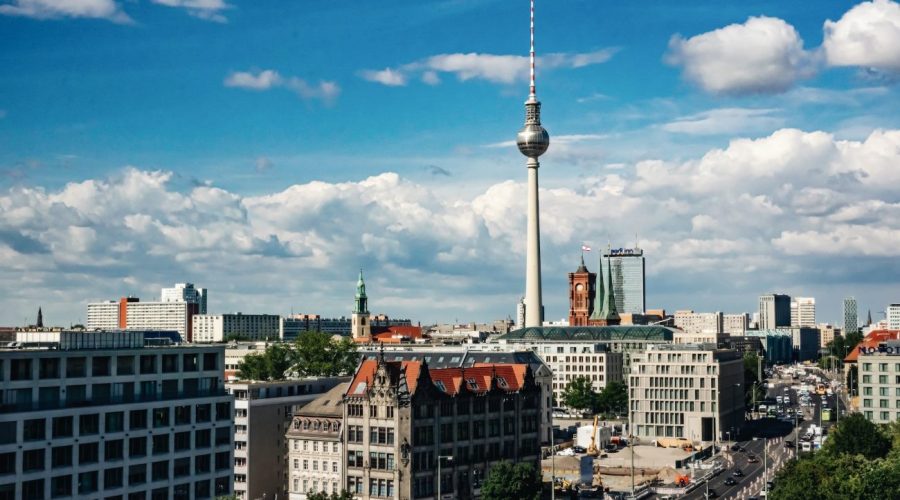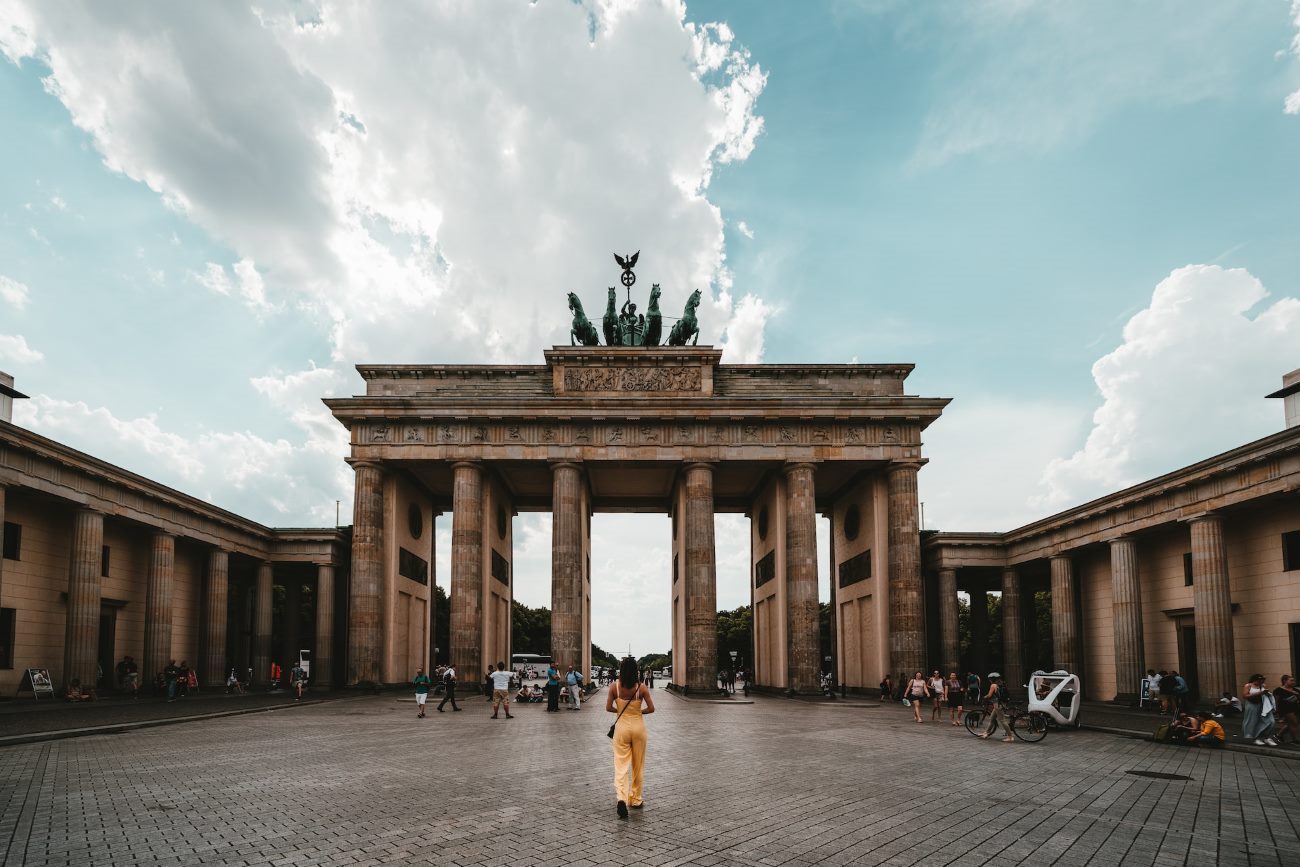Planning Your Trip to Berlin, Germany
Introduction
A journey to Berlin remains on your mind but you require guidance for your first steps. Worry not because we offer complete information to help you. In this
Your journey to Berlin Germany will be planned successfully by following this guide which ensures unique memories.
experience in this vibrant city.
1. Best Time to Visit
A proper decision about visiting Berlin needs information about its most suitable visit window. The city experiences four distinct seasons, each with its own charm. Tourists prefer visiting Berlin between June and August because of its attractive summer climate.
pleasant weather and numerous outdoor activities. The months of April to May and September to October provide you with better rates and less tourism to experience Berlin.
during the shoulder seasons of spring (April to May) or fall (September to October). Winter (December to During February the city presents pleasant wintry temperatures along with memorable holiday market celebrations.
1.1 Weather Considerations
Summer brings Berlin summertime temperatures between 20-25 degrees Celsius (68-77 degrees Fahrenheit) thus packing light and comfortable wardrobe items becomes necessary.
clothing. The autumn and spring seasons in Berlin present temperatures which fluctuate between 10-15°C (50-59°F) thus demanding the need for both warm and cool weather clothing.
clothing layers. A thick coat together with gloves and a hat and scarf are indispensable clothing items for visiting Berlin during winter due to temperatures near 0°C (32°F).
coats, hats, scarves, and gloves.
2. Getting Around
Berlin offers multiple transportation systems which become available for your use after your arrival.
2.1 Public Transportation
The public transport in Berlin combines bus and tram service together with metropolitan rail and subway systems which operate under the name “U-Bahn and S-Bahn.”
the U-Bahn and S-Bahn. Public transport throughout Berlin is both efficient and reliable while serving the entire urban area. Consider purchasing a
The Berlin WelcomeCard grants visitors free public transportation access together with major attraction price reductions.
2.2 Bicycles
The bike-friendly environment of Berlin includes many bike routes together with bike rental services throughout the city. Renting a bicycle is a
A bicycle rental provides an exceptional journey through the city which lets you experience the outdoors as you admire the delightful scenery.
3. Must-See Attractions
Berlin visitors must experience these several famous landmarks during their stay:
3.1 Brandenburg Gate
Visitors who come to Berlin must see the Brandenburg Gate because it functions as the definitive emblem of the city. The grand architectural structure was built as an imposing gateway between two portions of Berlin.
divided East and West Berlin. Stand in front of this symbolic structure so that you can take a memorable picture.
3.2 Berlin Wall Memorial
A journey to Berlin becomes unfinished without stopping at the Berlin Wall Memorial. Visitors can see through this site to uncover past experiences of Berlin.
Visitors can learn about the Cold War through this site which preserves the city’s history of division.
3.3 Museum Island
The museums of Museum Island maintain their status as World Heritage Sites by UNESCO and continue to welcome museum-goers through five prestigious institutions. From ancient artifacts at Visitors will experience a wide range of timeless pieces at both the Pergamon Museum and Altes Museum as well as numerous other institutions located on Museum Island.
4. Local Cuisine
Tourists who want to experience a place to the fullest must sample its traditional food. Visitors in Berlin have access to an extensive variety of traditional food selections alongside international food options and international dishes.
4.1 Currywurst
Berliner fast food culture has made Currywurst its signature iconic dish. The classic German food combines a sausage with ketchup and the addition of curry powder on top.
powder. The streets of the city host multiple venues where you can purchase this dish.
4.2 Berliner Pfannkuchen
Try the Berliner Pfannkuchen for dessert since this traditional jelly-filled doughnut receives powdered sugar on top powdered sugar.
5. Safety Tips
As a generally secure city for visitors still some essential precautions need to be observed.
5.1 Pickpocketing
All tourists visiting high-traffic destinations should maintain caution about their property while watching their personal items belongings, especially in crowded places.
5.2 Public Transportation
The safety measure when riding public transport requires observing your surroundings while protecting your belongings. Avoid displaying You should keep valuable possessions hidden from view as they could make you a target for thieves.
Conclusion
The German capital serves as an essential travel stop because of its fascinating past and active lifestyle and various things to see. Planning your visit thoroughly includes finding the perfect period to travel and mastering transport systems while sampling local food.
Visitors are promised a one-in-a-lifetime adventure during their time in this amazing urban center.
Table of Contents



